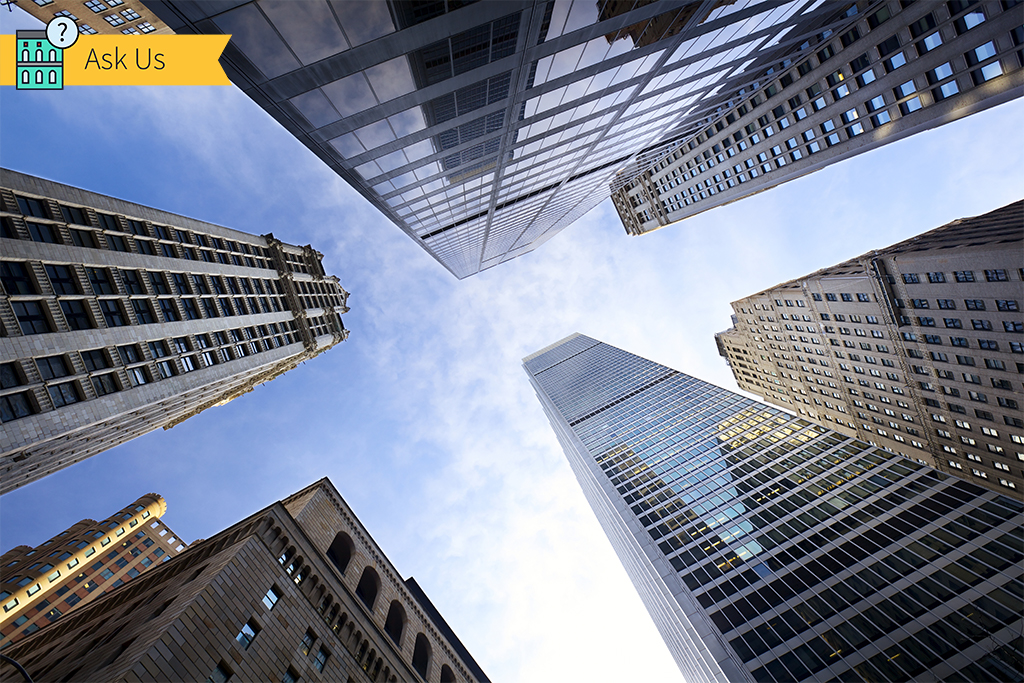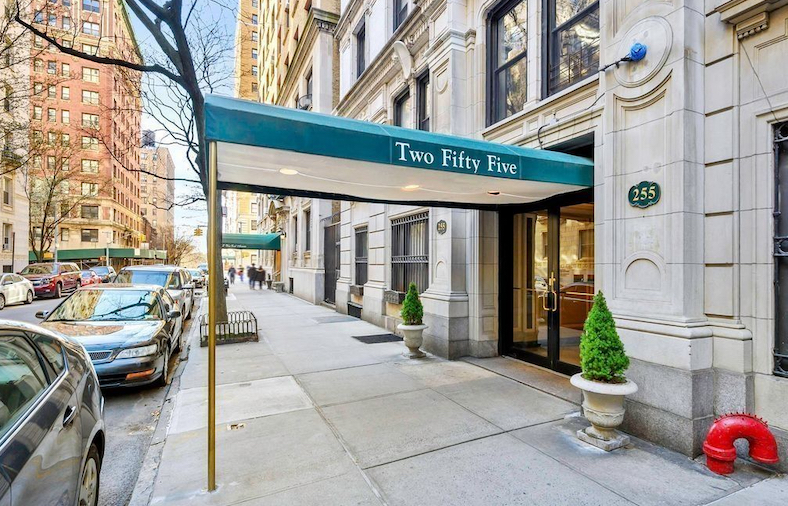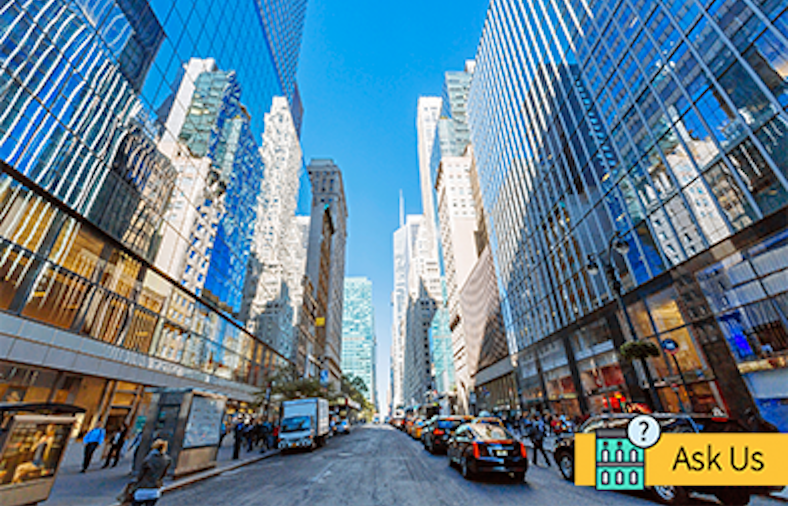
How do air rights work in NYC? An expert explains.
Question: How do I find out if air rights to a building have been sold? If I buy a building, do I get the air rights above it ? Or are air rights sold separately? Can I just buy air rights over any property, or do I need to own it?
— Mogul in the Making, Manhattan
Dear Mogul:
I’ll get to you in a moment. But first, I want to get something off my chest.
Scene: Family gathering over the holidays. Blowhard Uncle Bob stands by the mantle, pontificating as usual.
Uncle Bob: “Land is the best investment. They aren’t making any more of it. Ha. Ha. Ha.”
You: “You’ve obviously never seen Manhattan Island.”
Every floor of every skyscraper, every apartment building, and every five-story tenement in New York is a testament to the stupidity of that real-estate adage. The Empire State Building sits on an 80,000-square-foot plot of land, yet it has 2.7 million square feet of office space. So how do you explain that, Bob?
Of course, they make land every day. And they make it out of thin air. Which takes us back to your questions.
Air rights are a way to transfer development rights from one property to an adjacent or nearby property. Total buildable space on each block is limited by zoning regulations, but a developer wanting to build a high-rise can acquire air rights from other, shorter buildings.
Start here. This map by the Municipal Art Society shows the current air-rights status of every building in New York. As you can see, much of Midtown is maxed out, but there are still plenty of airy parcels on both the West and East Sides. You can find further information here, along with an explanation of what exactly air rights are and how they are figured.
So yes, you can go knock on a door and ask someone to sell you the air over his town house. The current going rate? Starting at about $225 per square foot. But the buying and trading of air rights isn’t a job for amateurs or those with limited resources. It can take years and tens of millions of dollars to accumulate enough rights to raise a skyscraper.
And as developers have pushed buildings higher and higher into the stratosphere (well, not quite that high, yet), the issue of air rights has become a testy one. The Municipal Art Society map is part of an effort to change current law and limit the building of so-called super-tall skyscrapers, like 432 Park Ave., the 1,400-foot anomaly that now dominates the Midtown skyline and casts its long shadow over Central Park. (The 8,000-square-foot Penthouse 95 is still available for just $82 million.)
If the notion of limiting skyscraper construction in New York City strikes you as odd — like Paris limiting the number of boulangeries — well, you aren’t alone.
David Crook is a veteran journalist and author of The Complete Wall Street Journal Real-Estate Investing and Homeowner’s Guidebooks. Do you have a question about anything real estate-related in NYC? Write him at askus@streeteasy.com. For verification purposes, please include your name and a phone number; neither will be published. Note: Nothing in this column should be considered professional legal advice. If you have a legal issue, consult an attorney.
—
Hey, why not like StreetEasy on Facebook and follow @streeteasy on Instagram?
Related:








